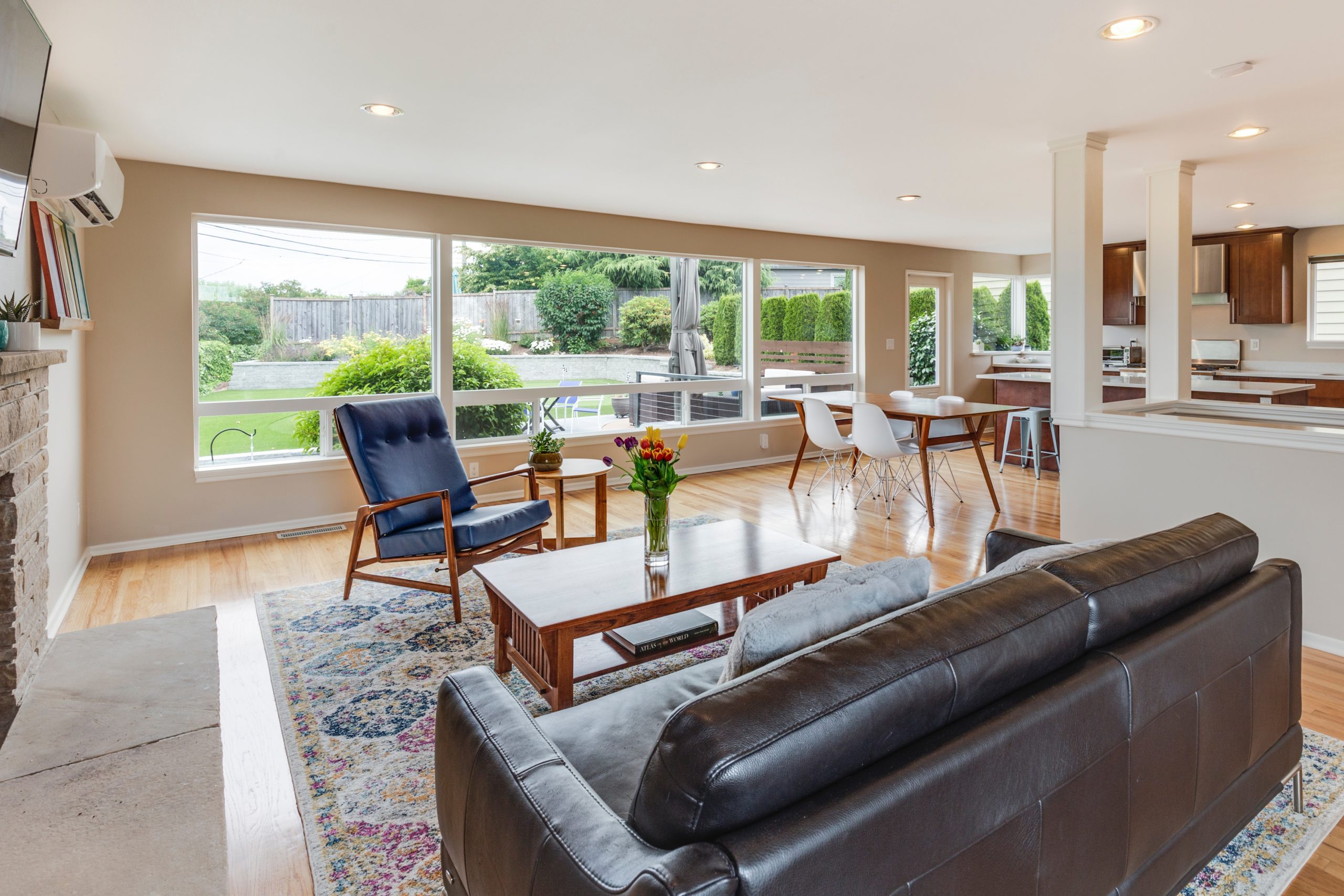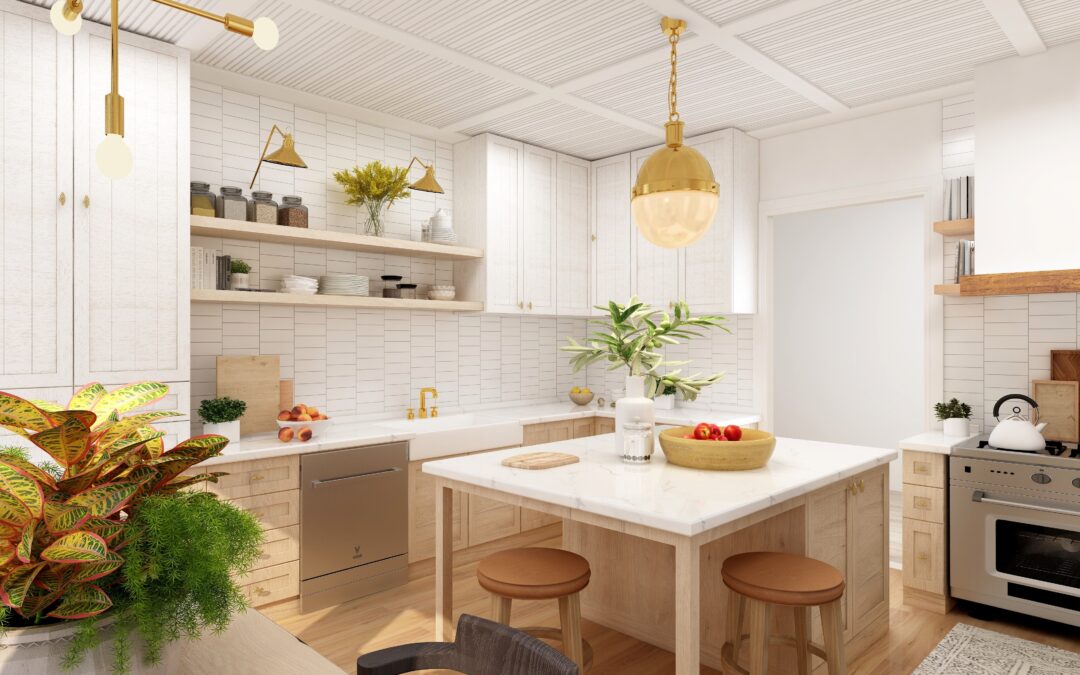Why Are People Obsessed with Mid-Century Modern Design?
Mid-century modern design is one of the most popular design styles right now and for good reason. It boasts clean lines, pops of color, and if you buy an older home, it can be a natural fit with the existing elements of the property.
So, what exactly is mid-century modern design, and how can you make it work in your home?
Mid-Century Modern Basics
Mid-century modern design is based on architects’ work who moved from Germany to the U.S. after World War Two. These architects led the way in mid-century modern design, which emphasizes functionality and simplicity.
The period, while there is some disagreement on specifics, generally is considered to have lasted from the 1940s to the 1960s, but much of what we think of as mid-century modern now is from the 60s.
Mid-century modern design grew from the changes that were occurring post-war, and it reflected a sense of optimism.
These design concepts are focused on limited accessories, functionality and form, and sleek lines. In mid-century modern design, there is the use of different types of materials, including both traditional and non-traditional. For example, wood is often mixed with Lucite or metal.
There’s a lot of contrast in mid-century design, not just in materials but in other ways. For example, you might seek the very sleek lines that characterize the design style paired with organic shapes, such as a live-edge table.
The general idea behind mid-century design, above all else, is that pieces of furniture are like art in and of themselves, but they should take up as little space as possible. There’s nothing unnecessary in mid-century design.
There are many similarities between mid-century and Scandinavian design. Scandinavian design became more popular around the same time as mid-century in the 1950s. The two inevitably influenced one another as a result.
If you’ve ever been to Palm Springs or you’ve seen photos, it’s perhaps the capital of mid-century modern. The desert oasis became a resort town for celebrities from L.A. in the 1950s, and the homes and style of design is maintained beautifully there.
Architecture
Mid-century impacted architecture, as well. There were architects like Philip Johnson and Richard Neutra who ran with the style. Some of the features of mid-century homes include long, low and flat roofs, and open floorplans with organic flow. Split-level homes were also common in mid-century architecture.
Stone fireplaces, planked ceilings, and natural light were key in mid-century architecture and design.

Color Palettes
While mid-century is primarily about simplicity, there is one area where things get especially interesting which are the color palettes. For example, the use of bold colors like orange or emerald green is common. In current, updated versions of mid-century style, you see many unique colors like shades of pink and saturated blues.
How Can You Create a Mid-Century Space?
One of the first things you can do to capture the simple style of mid-century is to take out things in a space that you don’t need. From there, you can think of it like building an art collection. Start integrating mid-century pieces one-by-one.
While you might want to stick with the clean lines and minimalism of mid-century consistently, that doesn’t mean you can’t also intermix other styles into your home.
If you have large windows, keep them uncovered if possible, to ensure unobstructed natural light.
If you do need to use curtains, choose lightweight fabrics like linen that allow for the natural light to flow into a space.
Sculptural chandeliers can be a focal point in a mid-century modern room, and avoid oversized furniture. The idea is to appreciate negative space rather than trying to fill every square inch with furniture, which is common in more traditional design concepts. Along with making sure your furniture isn’t too big, look for low profiles.
Integrate elements of nature, whether that’s natural wood furniture or potted plants.
As far as the actual furniture and other items you purchase, one option is to splurge for authentic pieces. If you’re not ready to do that, you can still find replicas at a more budget-friendly price. Even much of what Ikea offers could be easily integrated into a mid-century design concept. There are also retailers with pricing that’s considered middle-of-the-road such as Crate and Barrel, with beautiful mid-century-inspired options.
*Source*



